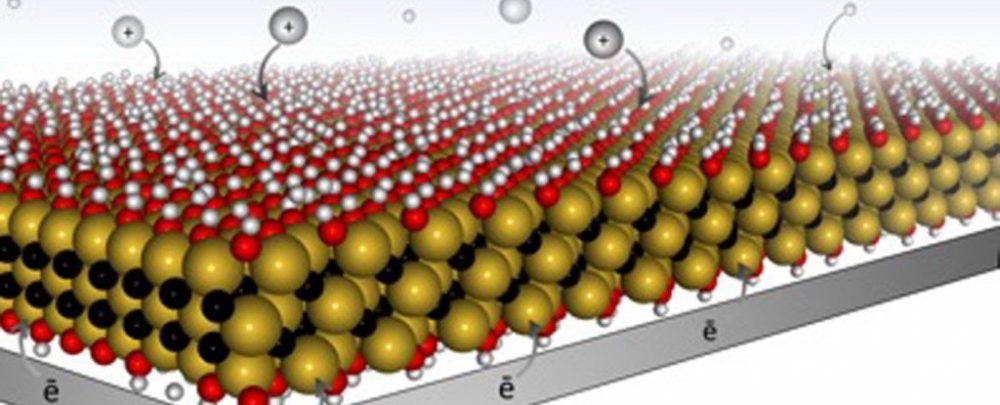We all have experienced the pain of having our phone’s battery die during the most inopportune times. But soon, you will no longer need to drop everything to search for a place to plug in and recharge.
Charging your phones for hours and hours could become history.
Thanks to a new battery electrode design, you will be able to fully charge your cell phone in seconds instead of hours.
Researchers at Drexel University have developed a nanomaterial called MXene that will allow batteries to charge much faster.
How does it work?
A battery stores ions in ports called active redox sites. These ports are directly related to a device’s battery life: More ports mean greater battery life.
But the ions that carry the charge and get stored in the battery reach their destination at a snail’s pace. This is because there are limited paths for ions to get to the ports, and these ports are not very conductive. The result? It takes the batteries hours to charge.
To remedy this, Drexel designed batteries that have thin electrodes made of MXene, which is highly conductive. It efficiently transports ions within the battery and provides more ports than regular batteries.
Drexel-designed batteries are like high-speed highways with multiple lanes for ions to speed along, in comparison to single-lane roads, i.e., traditional batteries.






